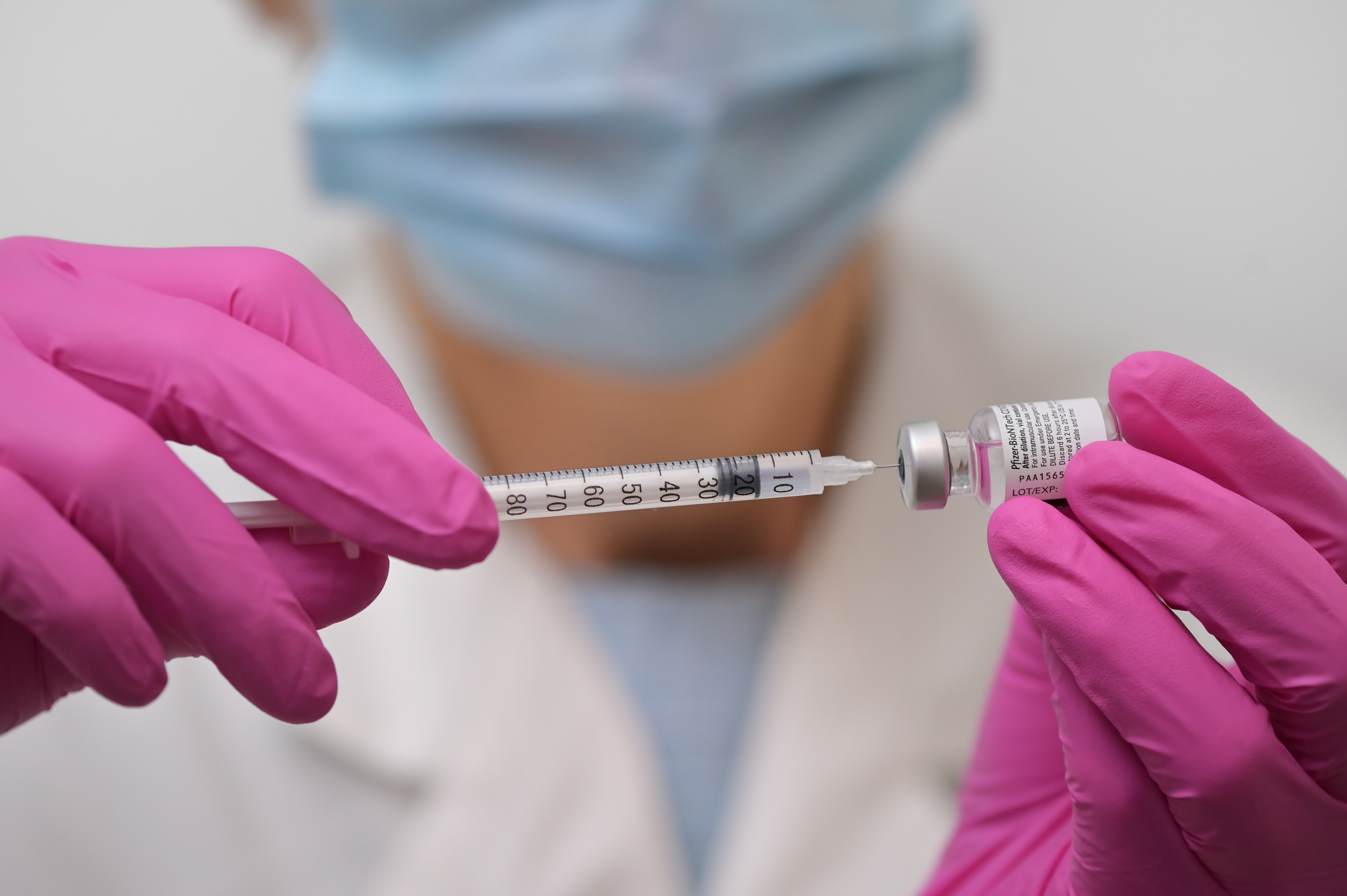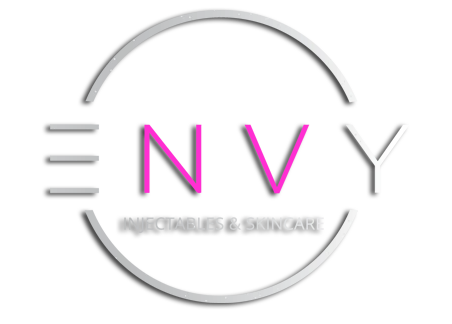
Botox and Dysport are both neuromodulators or neurotoxins (forms of botulinum toxin type A) that have been approved by the FDA for minimizing fine lines and wrinkles. The minimally-invasive injectables are equally safe, and both work via the same mechanism. Both neuromodulators temporarily paralyze muscles of the face, which reduces wrinkles and smooth skin.
What is Botox?
Botox, a neuromodulator manufactured by Allergan was the first FDA-approved Botulinum Type A neuromodulator to come onto the market in 1989, before its approval for cosmetic use in 2002. It’s since become the flagship brand in the injectables space. It is the term that has been coined to refer to all neuromodulators on the market despite other manufacturers and their given trade names. Botox, aka Botulinum Type A, is produced from the bacterium clostridium botulinum (1). When used in controlled amounts, significantly reduces the appearance of fine lines and wrinkles. It’s also used to treat conditions such as TMJ, clenching or teeth grinding, excessive sweating (hyperhidrosis), and is also used to help prevent chronic migraine headaches. The injectable works by blocking the nerve signals in the muscles in the face to the brain and stopping muscle contraction. When Botox blocks the nerve signals in the face, the muscles cannot contract as freely as before. This lack of movement smooths out the skin and significantly reduces, if not eliminates, the appearance of wrinkles (2). When injected by a trained licensed medical, professional Botox is safe and effective.
What is Dysport?
Since the inception of Botox, other companies have brought injectables on the market to help with wrinkles. Soon after Botox was launched, Galderma released its neuromodulator, Dysport, which also contains the same active ingredient, Botulinum Type A. It was considered the European counterpart, serving over 60 countries worldwide. In 2009, the FDA approved Dysport for use in the United States (3). Since then, it’s been proven to be an effective, non-invasive treatment for wrinkles, and fine lines. In the same mechanism of action, once injected, Dysport disables the muscles around the injection site, relaxing the area and smoothing out the skin. It treats all the same conditions as Botox, TMJ, hyperhidrosis, and migraine headaches. When injected by a trained licensed medical, professional Dysport is safe and effective.
Differences?
For all intents and purposes, there are not any real significant differences between the two neuromodulators. Both contain the same active ingredient (Botulinum Type A) and can reduce the appearance of wrinkles. However, there are some key distinctions to understand. The biggest difference is the level of concentration in each product. When Dysport is reconstituted, per Galderma’s instructions, it has a 3-to-1 split. One would then assume that Dysport would be much more expensive than Botox, however, this is not the case. At Envy, we opt to reconstitute Dysport in a manner so that it can be injected the same as Botox and the cost is then the same. We choose to do this to keep it simple for patients to understand both in terms of price and treatment. Dysport also differs in terms of its molecular behavior and diffusion. This means it spreads faster, especially over a larger surface area, with just a few injections. With that said we have found that Dysport takes effect a bit more quickly than Botox. Both injectables have excellent success rates in reducing the signs of wrinkles. Dysport and Botox last from 3 to 4 months at which time additional treatments will be needed to keep the amazing results. The duration is person-depending and does vary among patients. Over time, the neuromodulator will break down into simple proteins that will be absorbed by the body. It is at this point you will see some movement return, however, as you continue with the treatment you will begin to see fewer static wrinkles. Static wrinkles are the wrinkles that remain when no muscle is in action. This is your indication it is time for another treatment.
- Wisco, L. 2018. Botox: The Cosmetic Use of Botulinum Toxin. Healthline. https://www.healthline.com/health/botox
- Boyd, K. 2021. How Does Botulinum Toxin (Botox) Work? American Academy of Ophthalmology. https://www.aao.org/eye-health/treatments/how-does-botulinum-toxin-botox-work
- Divakara, K. 2019. Botulinum Toxin. Medscape. https://emedicine.medscape.com/article/325451-overview

